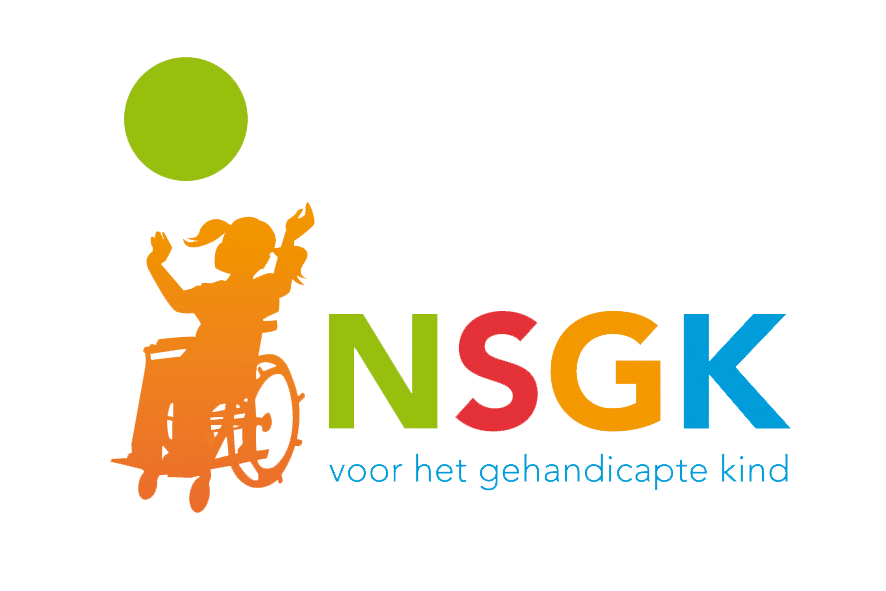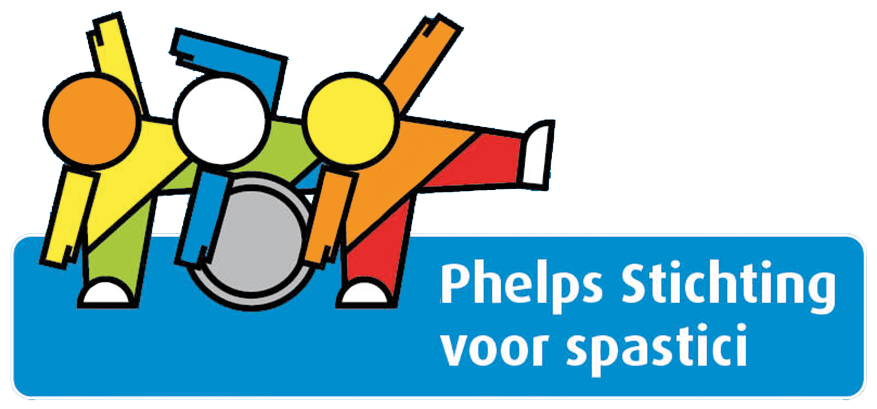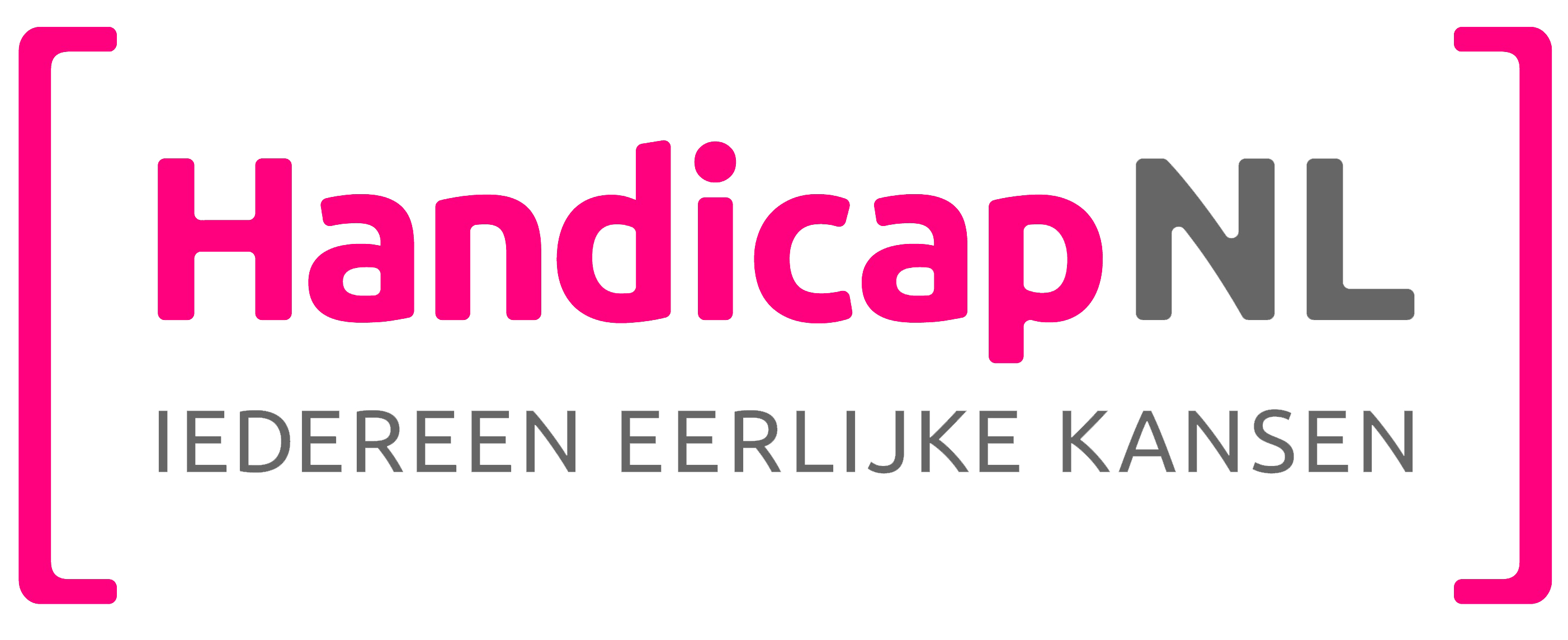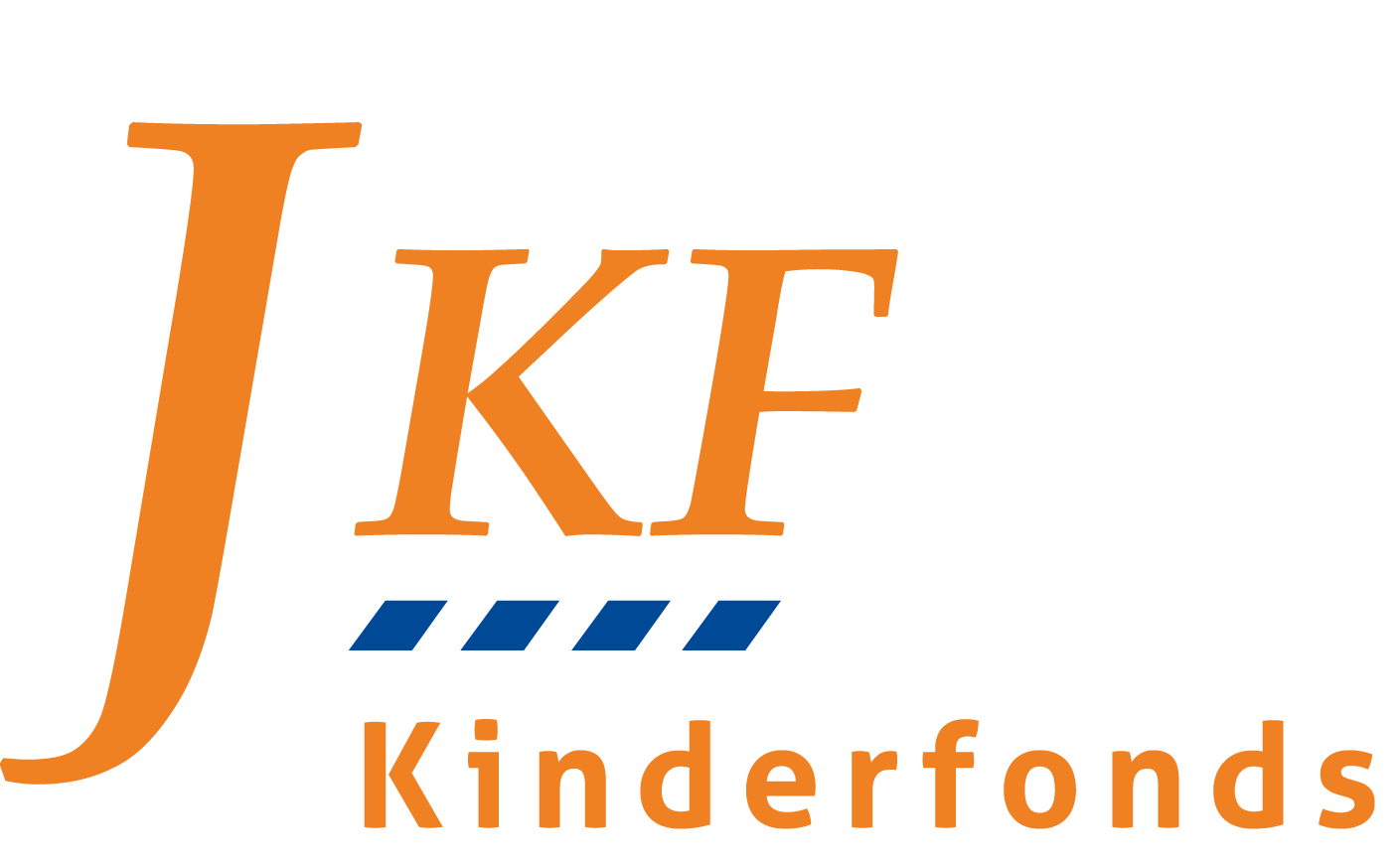Extra literatuur paper 2
Extra References
List of supplementary literature and study material.
Baumann, S. E., Lhaki, P., & Burke, J. G. (2020). Collaborative filmmaking: A participatory, visual research method. Qualitative Health Research, 30(14), 2248–2264. doi: 10.1177/1049732320941826
Blackstone, S. W. (2005). What are visual scene displays? Aac-Rerc, 1(2), 1–6. http://mcn.ed.psu.edu/dbm/RERC_Newsletter/Winter 2005 - Vol1, Issue 2/RERC on Communication Enhancement eNews_ What are visual scene displays.pdf
Chalfen, R., Sherman, L., & Rich, M. (2010). VIA’s visual voices: The awareness of a dedicated audience for voices in patient video narratives. Visual Studies, 25(3), 201–209. doi: 10.1080/1472586X.2010.523271
Djonov, E., Tseng, C. I., & Lim, F. V. (2021). Children’s experiences with a transmedia narrative: Insights for promoting critical multimodal literacy in the digital age. Discourse, Context and Media, 43, 1-12. https: doi.org//10.1016/j.dcm.2021.100493
Lim, F. V. (2021). Investigating intersemiosis: A systemic functional multimodal discourse analysis of the relationship between language and gesture in classroom discourse. Visual Communication, 20(1), 34–58. doi: 10.1177/1470357218820695
Gomez, R. (2020). Photostories: A participatory photo elicitation visual research method in Information Science. Qualitative and Quantitative Methods in Libraries, 9(1), 47–63.
Meager, N. (2019). Observational filmmaking for education: Digital video practices for researchers, teachers and children. Palgrave Macmillan. doi: 10.1007/978-3-319-90626-3
Potter, J., & Cowan, K. (2020). Playground as meaning-making space: Multimodal making and re-making of meaning in the (virtual) playground. Global Studies of Childhood, 10(3), 248–263. https://doi.org/10.1177/2043610620941527
Ranker, J. 2018. The sliding of the signified: Multimodal sign operations in a youth-created experimental digital video. Visual Communication, 17(4), 337-362. doi: 10.1177/1470357218763333
Rich, M., & Chalfen, R. (1999). Showing and telling asthma: Children teaching physicians with visual narrative. Visual Studies, 14(1), 51-71. doi: 0.1080/14725869908583802
Shaw, P. (2020). Photo-elicitation and photo-voice: Using visual methodological tools to engage with younger children’s voices about inclusion in education. International Journal of Research & Method in Education Editorial, 24(1), 1-15. doi: 10.1080/1743727X.2020.1755248
Sitter, K. C. (2015). Participatory video analysis in disability research. Disability and Society, 30(6), 910–923. doi: 10.1080/09687599.2015.1057319
Skinner, J., & Gormley, G. J. (2016). Point of view filming and the elicitation interview. Perspectives on Medical Education, 5(4), 235–239. doi: 10.1007/s40037-016-0278-0
Soto, G., Solomon-Rice, P., & Caputo, M. (2009). Enhancing the personal narrative skills of elementary school-aged students who use AAC: The effectiveness of personal narrative intervention. Journal of Communication Disorders, 42(1), 43–57. doi: 10.1016/j.jcomdis.2008.08.001
Worth, S. (2016). Studying Visual Communication. University of Pennsylvania Press. doi: 10.9783/9781512809282
Legel, M. (2023, January 31). FaOC Method: A Practical Tool for Creating, Using and Exploring Self-created Film in Story Sharing. CiB. https://cib.questic-dev.nl/en/
Endnote 2
The website of the FaOC method, including videos, will be freely accessible in multiple language formats upon publication (Legel, 2023).
Legel, M. (2023, January 31). FaOC Method: A Practical Tool for Creating, Using and Exploring Self-created Film in Story Sharing. CiB. https://cib.questic-dev.nl/en/





